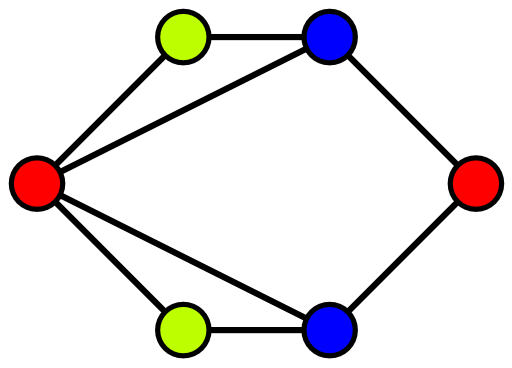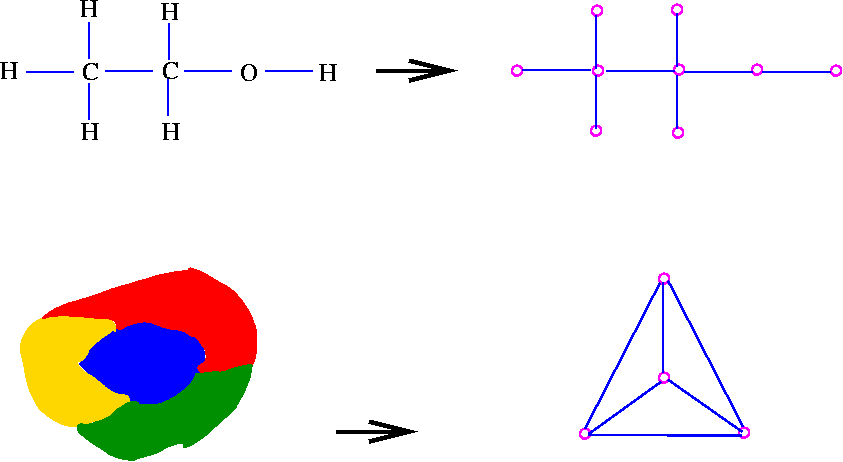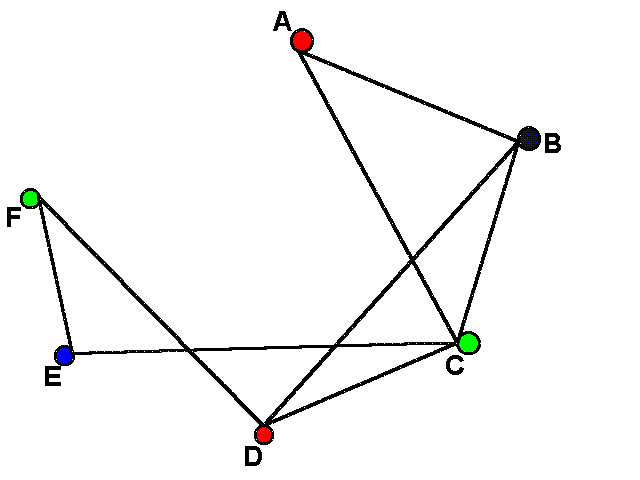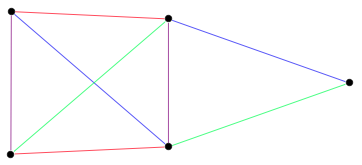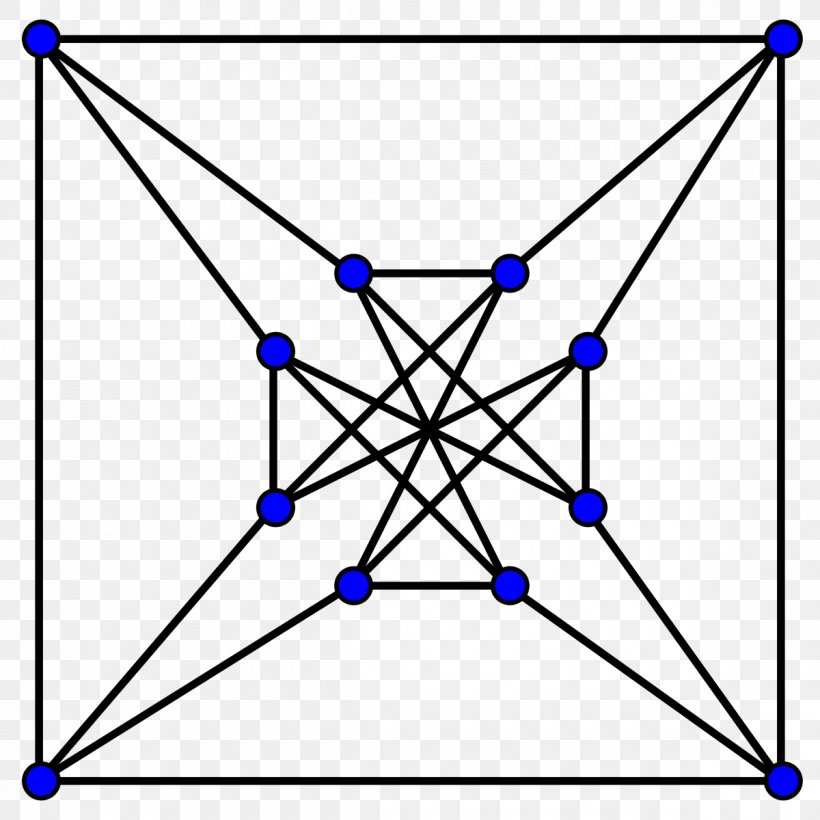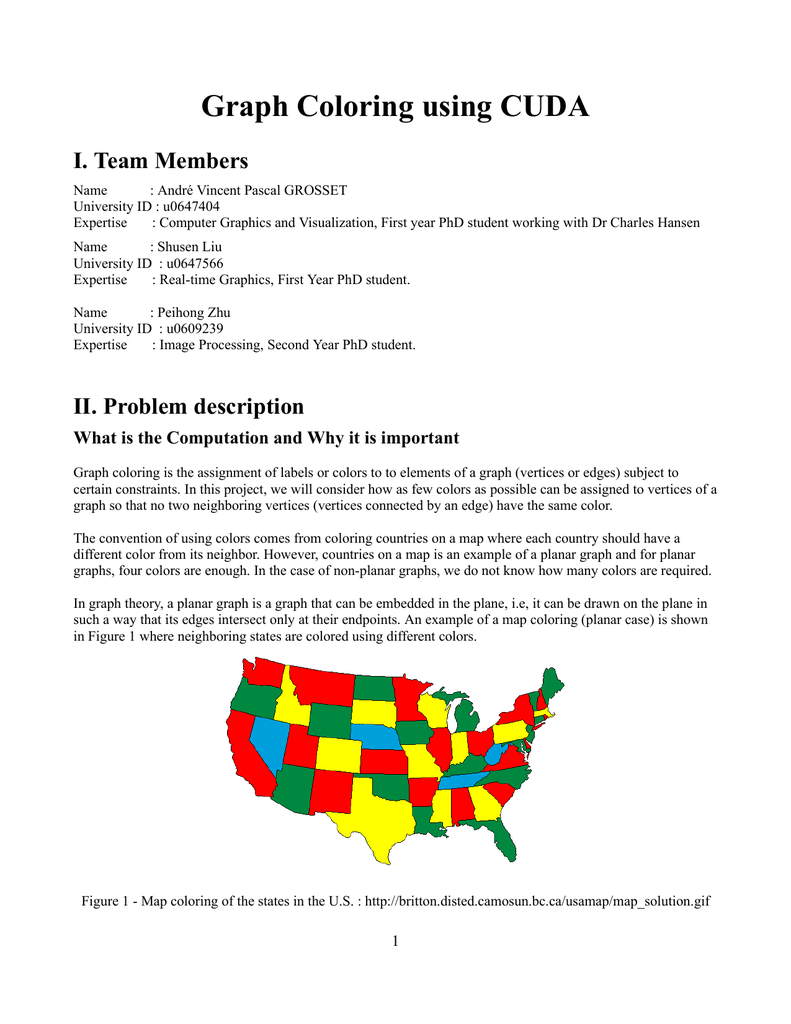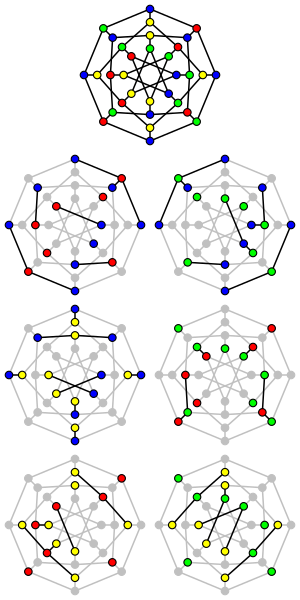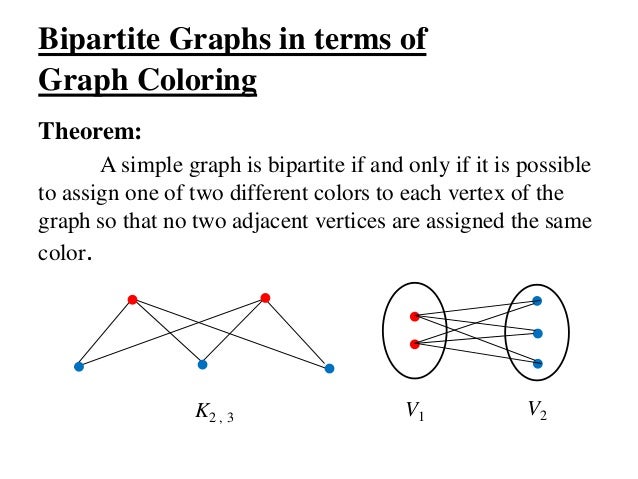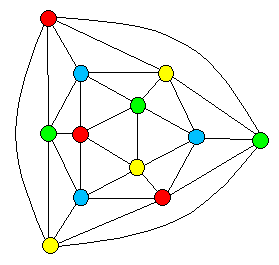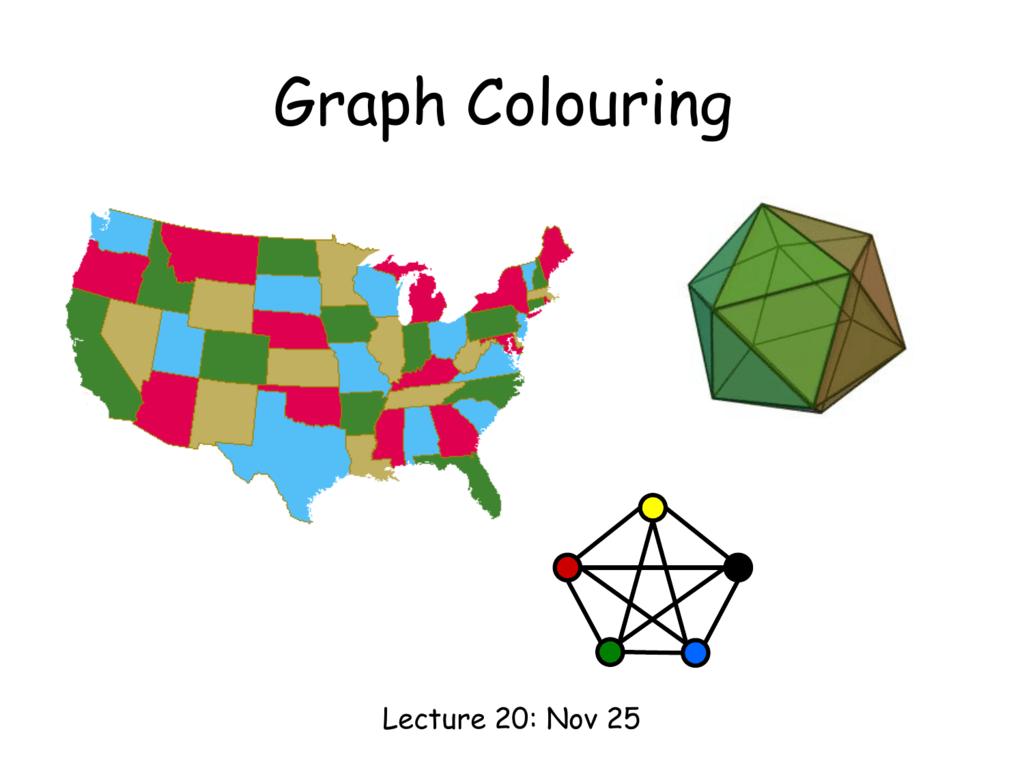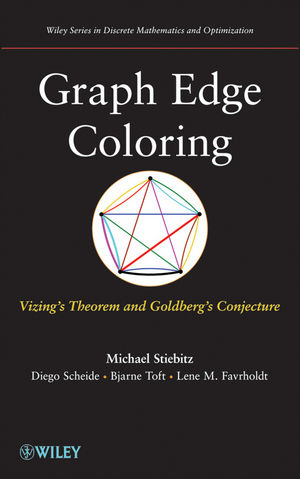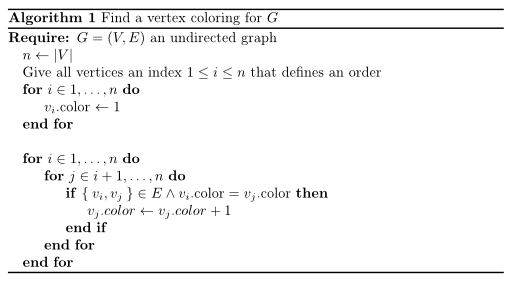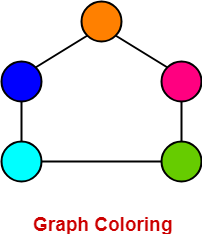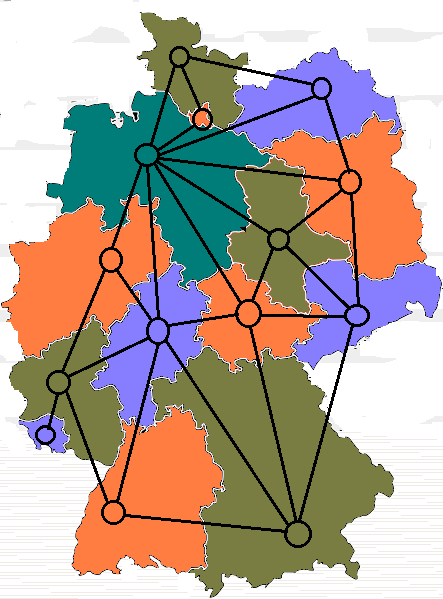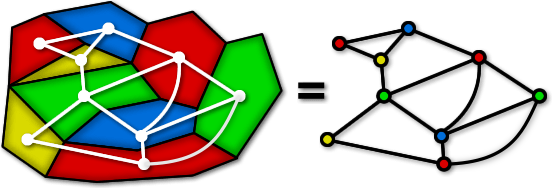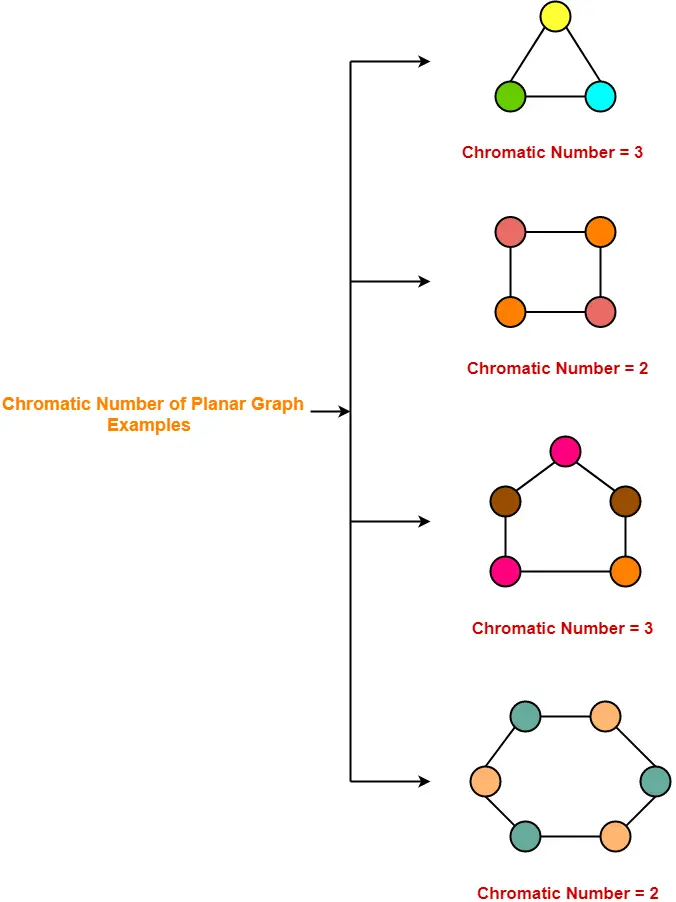Coloring In Graph Theory - Coloring Pages For Kids
First let us define the constraint of coloring in a formal way coloring a coloring of a simple graph is the assignment of a color to each vertex of the graph such that no two adjacent vertices are assigned the same color.
![]()
Coloring in graph theory. Hence each vertex requires a new color. In a graph no two adjacent vertices adjacent edges or adjacent regions are colored with minimum number of colors. Graph theory coloring. A vertex coloring is an assignment of labels or colors to each vertex of a graph such that no edge connects two identically colored vertices.
This question along with other similar ones have generated a lot of results in graph theory. Coloring problems in graph theory kevin moss iowa state university follow this and additional works athttpslibdriastateeduetd part of thecomputer sciences commons and themathematics commons this dissertation is brought to you for free and open access by the iowa state university capstones theses and dissertations at iowa state university. 1007 3137 3157 3203 4115 3261 4156 4118. Chromatic number of a graph is the minimum number of colors required to properly color the graph.
Graph coloring problem is to assign colors to certain elements of a graph subject to certain constraints. In its simplest form it is a way of coloring the vertices of a graph such that no two adjacent vertices are of the same color. A graph coloring is an assignment of labels called colors to the vertices of a graph such that no two adjacent vertices share the same color. Such a coloring is known as a minimum vertex coloring and the minimum number of colors which with the vertices of a graph g may be colored is called the.
In the complete graph each vertex is adjacent to remaining n1 vertices. It is an assignment of labels traditionally called colors to elements of a graph subject to certain constraints. The chromatic number x g chig x g of a graph g g g is the minimal number of colors for which such an. Graph coloring is nothing but a simple way of labelling graph components such as vertices edges and regions under some constraints.
It is impossible to color the graph with 2 colors so the graph has chromatic number 3. A graph coloring for a graph with 6 vertices. Hence the chromatic number of kn n. Vertex coloring is the most common graph coloring problem.
In graph theory graph coloring is a special case of graph labeling. Two vertices are connected with an edge if the corresponding courses have a student in common. Applications of graph coloring graph coloring is one of the most important concepts in graph theory. The problem is given m colors find a way of coloring the vertices of a graph such that no two adjacent vertices are colored using same color.
Graph coloring and scheduling convert problem into a graph coloring problem. Courses are represented by vertices. Graph coloring in graph theory graph coloring is a process of assigning colors to the vertices such that no two adjacent vertices get the same color.





